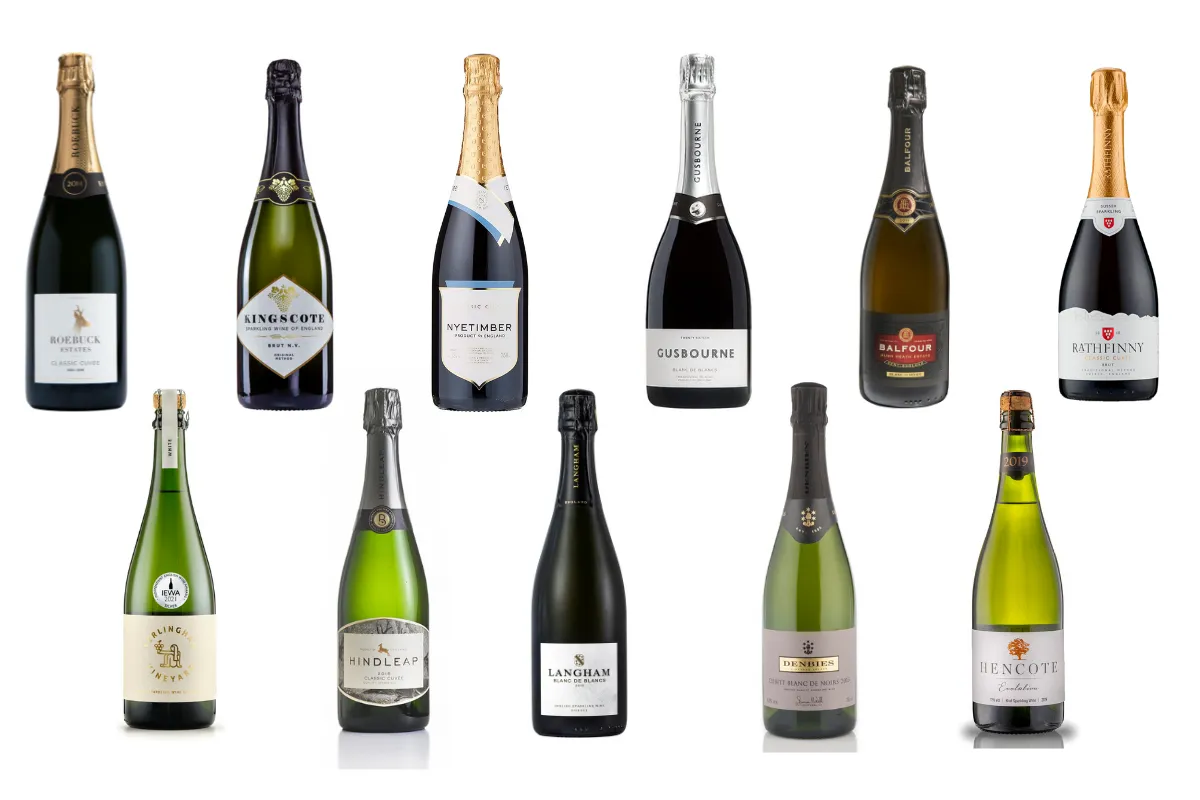It’s been a long hard summer in the fields and on the farms of the UK. The headaches caused to householders by rising fuel and energy prices are shared by farmers, and on an eye-watering scale.
But on the land, it’s been the heatwave, the serious lack of rain and the official drought-zones across England and Wales that have really tested farmers and resulted in much more than misshapen fruit and wonky veg on supermarket shelves. The record-breaking temperatures caused disaster for some unfortunate growers, as rural wildfires wiped out wheat and barley fields just as they were about to be harvested. It's a double-dose of bad news when this happens: this year’s crop goes up in flames and the scorched earth left behind is in no state for planting winter wheat for harvesting the year after.
Luckily, we avoided a devastating field fire on our farm, but with just 10% of the normal summer rainfall this year, the situation was severe. At one point we thought our winter wheat wouldn’t be good enough to go off to the flour mill and it was touch-and-go with the spring barley and winter beans for a while, too. But in the end, we pulled through.
My livestock always come first and the parched fields meant that, by August, I had already started feeding the cattle their winter rations – that’s costly now and will be even more expensive if we have to buy in hay and silage later this year. As I always say, you can be the best farmer in the world but you’ll never beat the weather.
It’s boom time for viticulture, with the dry, hot conditions providing the perfect climate for growing big flavour-packed grapes.
Despite the struggles, there are positives to be found. Fields of sunflowers, rows of watermelon and apricot orchards along with fig and avocado trees have all burst into bountiful life in the heat, and 2022 looks like being a vintage year in UK vineyards, too. It’s boom time for viticulture, with the dry, hot conditions providing the perfect climate for growing big flavour-packed grapes.
As experts predict similar summers in the future, some farmers and landowners are giving serious consideration to turning land over to cultivating grapes, and the tasty prospect of not just English white wine but also full-bodied red.
We have known for decades how important diversification – such as B&Bs and tourist attractions – is in keeping farm businesses robust and in profit, and vineyards to rival the best of the Bordeaux and Champagne regions could be the latest.

While the current British weather may be unprecedented, growing wine grapes here definitely isn’t. The Romans loved their vino and established vineyards across East Anglia and the southern counties, while 700 years later, William the Conqueror’s Domesday Book mentioned at least 40 vineyards in England. The demands of the First World War killed the industry off, but over the decades it slowly took hold again. Today, the Hambledon Vineyard in Hampshire, founded in 1952, proudly waves the flag as the UK’s oldest commercial vineyard.
There are vineyards selling excellent produce not too far from me in the lower, lusher parts of Gloucestershire. But up here on the top of the Cotswolds, the brashy soil is too thin and the winter snow and frosts too harsh for any serious grape-growing. For now at least. But I’ll keep my options open – maybe one day I’ll be quaffing my own homegrown Côtes de Cotswolds!
Main image: Chardonnay grapes are used to make sparkling wine as well as white wine./Credit: Getty

